Home>Articles>How To Screen In A Porch Without Breaking The Bank
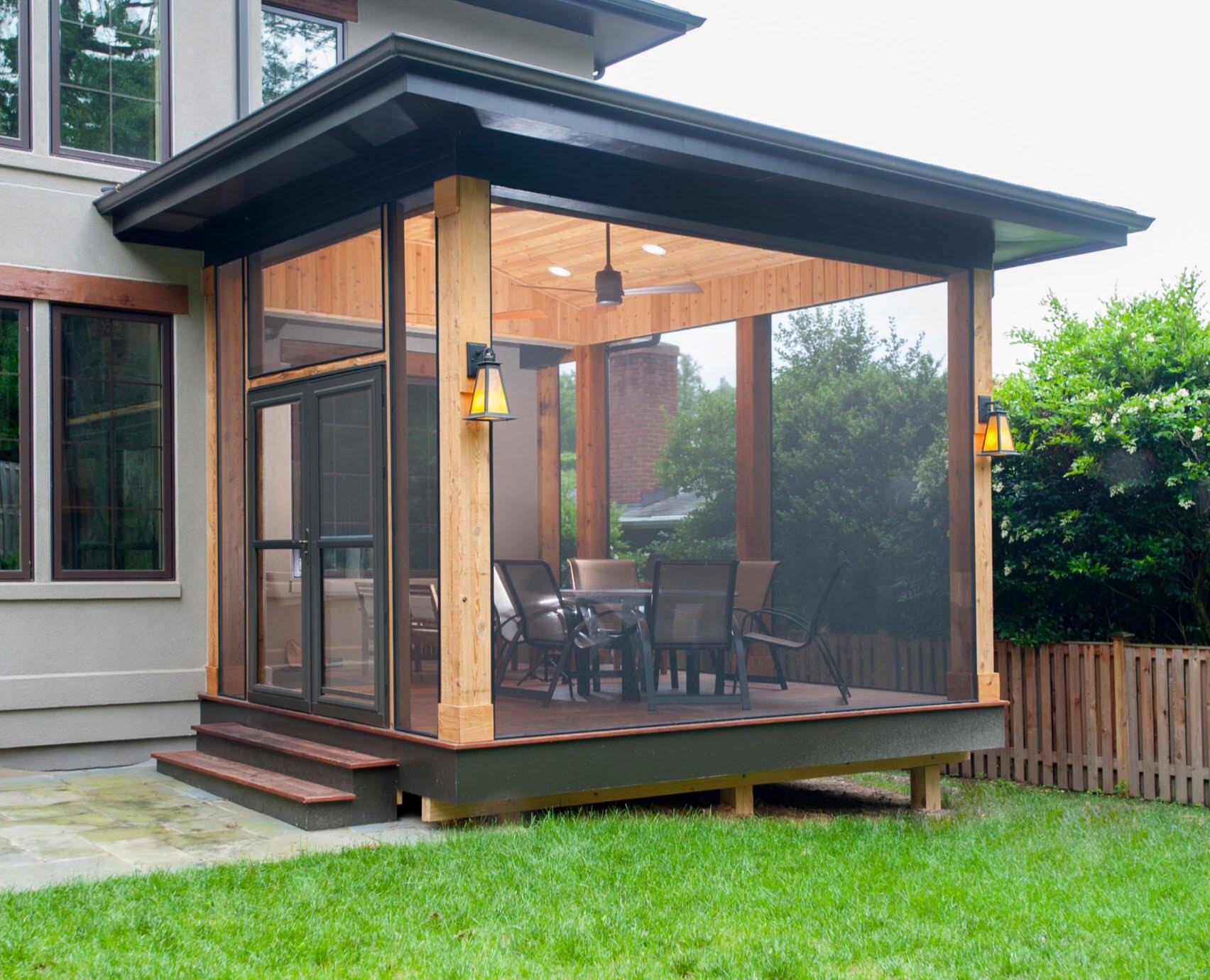

Articles
How To Screen In A Porch Without Breaking The Bank
Modified: February 23, 2024
Discover cost-effective ways to screen in your porch with our informative articles. Transform your outdoor space into a cozy and bug-free haven.
(Many of the links in this article redirect to a specific reviewed product. Your purchase of these products through affiliate links helps to generate commission for Storables.com, at no extra cost. Learn more)
Introduction
Are you longing for a way to enjoy the outdoors without being bothered by pesky insects or harsh weather conditions? Look no further than a screened-in porch. A screened-in porch provides the perfect balance between being outdoors and staying comfortably protected. Not only does it add valuable living space to your home, but it also allows you to relax and entertain guests with peace of mind.
In this article, we will discuss the benefits of screening in a porch, the considerations you need to make before beginning the project, the materials needed, and provide a step-by-step guide to help you successfully screen in your porch. We will also share some money-saving tips and advice on maintenance and care for your newly screened-in porch.
So, whether you are a seasoned DIY enthusiast or simply looking to transform your porch into a more functional and relaxing space, read on to learn how to screen in your porch on a budget.
Key Takeaways:
- Screening in a porch offers protection from insects, harsh weather, and increases home value. Consider local building codes, budget, and materials to create a functional and relaxing space.
- Save money by DIY, shopping for affordable materials, and considering secondhand options. Proper maintenance ensures the longevity of your screened-in porch, providing a peaceful outdoor sanctuary.
Read more: How To Store Money Without A Bank
Benefits of Screening in a Porch
Screening in your porch offers a myriad of advantages that can greatly enhance your outdoor living experience. Here are some of the key benefits:
1. Protection from Insects: One of the main perks of a screened-in porch is the ability to enjoy the outdoors without being bothered by mosquitos, flies, or other annoying insects. The screen acts as a barrier, keeping them out while still allowing you to feel the gentle breeze and listen to the sounds of nature. 2. Shelter from Harsh Weather: Another advantage of having a screened-in porch is the protection it provides against harsh weather conditions such as rain, wind, and intense sunlight. You can still enjoy the fresh air and outdoor views without getting wet or sunburned. 3. Extended Living Space: By screening in your porch, you effectively create an additional living area that can be used for various purposes. It can serve as a cozy spot for relaxing, hosting gatherings, dining, or even as a play area for children. With a screened-in porch, you can extend your living space and make the most of your outdoor surroundings. 4. Increased Home Value: A well-designed and functional screened-in porch can significantly boost the value of your home. Potential buyers often appreciate this added feature as it adds versatility and charm to the property. 5. Improved Ventilation: While protecting you from insects and harsh weather, a screened-in porch still allows for adequate airflow and ventilation. This can be especially beneficial during hot summer days, as it helps to cool down the space naturally and reduces the need for artificial cooling methods. 6. Privacy: With a screened-in porch, you can enjoy a sense of privacy while still being outdoors. The screen acts as a shield, preventing prying eyes from seeing into your porch and allowing you to relax and unwind in peace. 7. Connection with Nature: A screened-in porch creates a seamless connection between your indoor and outdoor spaces, enabling you to immerse yourself in the beauty of nature while enjoying the comforts of home. Whether it’s enjoying a cup of coffee in the morning or stargazing at night, a screened-in porch allows you to experience the sights, sounds, and serenity of the outdoors while being sheltered and protected.
Considerations Before Beginning the Project
Before embarking on the project of screening in your porch, there are several important considerations to keep in mind. These factors will help ensure that your project is successful and that you create a screened-in porch that meets your needs and preferences. Here are some key considerations:
1. Local Building Codes and Permits: Check with your local building department to determine if there are any specific building codes or permits required for screening in a porch. Compliance with these regulations is essential to avoid any legal issues and ensure the safety and structural integrity of your porch. 2. Purpose and Functionality: Define the purpose of your screened-in porch and consider how you will use the space. Will it serve as an additional living area, a dining space, or a place for relaxation? Understanding the intended functionality will help you determine the size, layout, and features you want to incorporate. 3. Design and Aesthetics: Think about the design and aesthetic elements you want for your screened-in porch. Consider the architectural style of your home and how the porch will complement it. Think about the materials, colors, and finishes that will create the desired look and feel. 4. Budget: Set a budget for your project and determine how much you are willing to spend on materials, labor, and any additional features or upgrades. This will help guide your decision-making process and ensure that you stay within your financial means. 5. Climate and Location: Take into account the climate and location of your home when planning your screened-in porch. Consider factors such as prevailing winds, exposure to sunlight, and the frequency of extreme weather conditions. These factors may impact the orientation, materials, and screening options you choose for your porch. 6. Maintenance and Cleaning: Think about the level of maintenance and cleaning required for a screened-in porch. Screens may accumulate dirt, debris, and pollen over time, so consider how easily they can be cleaned and maintained. Choose materials that are durable and require minimal upkeep. 7. Accessibility: Consider how you want to access your screened-in porch. Will it be connected to your home through a door or will it have a separate entrance? Plan the layout and placement of doors and windows to ensure easy access and smooth traffic flow. 8. Functionality during Off-Season: Think about whether you want your porch to be usable year-round or only during specific seasons. Consider options such as adding removable panels or windows that allow you to enclose the porch during colder months, extending its use. By carefully considering these factors, you can ensure that your screened-in porch fits your needs, preferences, and lifestyle. It will also help streamline the planning and execution of the project, resulting in a successful outcome.
Materials Needed for Screening in a Porch
Screening in a porch requires specific materials to ensure durability, functionality, and aesthetics. Here are the key materials you will need for the project:
1. Screening Material: The primary material for screening in a porch is, of course, the screen itself. There are various options to choose from, including fiberglass, aluminum, and vinyl. Fiberglass screens are popular due to their durability, flexibility, and resistance to rust and corrosion. Aluminum screens are lightweight, strong, and provide excellent visibility, while vinyl screens offer superior weather resistance and are easy to maintain. Consider your specific needs and preferences when selecting the screening material. 2. Screening Frame: The screening material needs to be held in place using a frame. The frame can be made of wood, aluminum, or vinyl. Wood frames are a traditional and aesthetically pleasing option, but they require regular maintenance. Aluminum frames are lightweight, durable, and resistant to corrosion, making them a popular choice. Vinyl frames, on the other hand, are low maintenance, long-lasting, and offer good insulation. 3. Spline: Spline is a flexible, rubber-like cord that is used to secure the screening material to the frame. It is available in various diameters to match different frame sizes. Ensure that the spline is compatible with the screening material and frame you choose. 4. Screening Tools: To install the screening material and frame, you will need a few essential tools. These include a utility knife or scissors to cut the screen material, a screen rolling tool to insert the spline and secure the screen to the frame, and a staple gun or nails to secure the frame to the porch structure. 5. Supporting Materials: Depending on the design and structure of your porch, you may need additional materials to support the screening project. This may include lumber for building or reinforcing the frame, screws or brackets for attaching the frame to the porch structure, and weatherproof sealants or caulking for sealing any gaps or seams. 6. Optional Accessories: There are several optional accessories that you can consider to enhance the functionality and convenience of your screened-in porch. These may include screen doors, window inserts, privacy shades or curtains, ceiling fans, lighting fixtures, and outdoor furniture. It is important to choose high-quality materials that are suitable for your specific requirements and meet local building codes. Consult with professionals or experts at your local hardware store to ensure that you select the right materials for your screened-in porch project.
Consider using inexpensive materials such as pressure-treated lumber and screen panels to build a cost-effective screened-in porch. Look for sales, discounts, and clearance items to save even more on the project.
Step-by-Step Guide to Screening in a Porch
Screening in a porch may seem like a daunting task, but with the right tools and step-by-step approach, it can be a rewarding DIY project. Follow these steps to successfully screen in your porch:
1. Measure and Plan: Begin by measuring the dimensions of your porch to determine the amount of screening material and frame you will need. Consider the placement of doors, windows, and any other features that will impact the layout of the screening. Create a detailed plan for the project, including the materials, tools, and a timeline. 2. Remove Existing Screens (if applicable): If your porch already has old screens, remove them carefully. Use a screwdriver or a pry bar to detach the screens from the frame. Take note of any damaged or rotten areas that may require repair. 3. Prepare the Frame: Inspect the porch frame for any damage, rot, or loose boards. Repair or replace them as necessary. If your porch does not have a frame, you will need to build one using appropriate lumber and measurements. 4. Install the Frame: Attach the frame securely to the existing porch structure using screws, brackets, or nails. Ensure that it is level and square. This will provide the foundation for the screening material. 5. Cut and Install the Screens: Measure and cut the screening material according to the dimensions of each section of the porch. Leave a small allowance for overlap. Lay the screens over the frame, ensuring they are taut and wrinkle-free. Use clamps to hold them in place temporarily. 6. Secure the Screens: Starting from one corner, use a screen rolling tool to press the spline into the groove of the frame, securing the screen in place. Continue along each edge, pulling the screen tight as you go and making sure there are no gaps or wrinkles. Trim off any excess screen material. 7. Repeat for Each Section: Repeat the cutting and installation process for each section of the porch until all areas are covered with screens. Take your time to ensure that the screens are properly aligned and securely attached. 8. Install Screen Doors and Accessories: If desired, install screen doors and any additional accessories such as window inserts, privacy shades, or ceiling fans. Follow the manufacturer’s instructions for proper installation. 9. Clean and Inspect: Once the screening is complete, carefully clean the screens to remove any dirt or debris. Inspect the entire screened-in porch to ensure that the screens are securely in place and there are no visible damages or gaps. 10. Enjoy Your New Screened-In Porch: With the screening project complete, it’s time to sit back, relax, and enjoy your newly transformed porch. Take pleasure in the bug-free and weather-protected space that you have created. Remember, if you are unsure or uncomfortable with any step of the process, it is always best to seek professional assistance. Proper installation and attention to detail will ensure that your screened-in porch lasts for years to come.
Read more: How To Screen In A Porch
Tips for Saving Money While Screening in a Porch
Screening in a porch doesn’t have to break the bank. With some strategic planning and cost-saving measures, you can complete the project without stretching your budget. Consider these money-saving tips:
1. DIY vs. Hiring Professionals: If you have the necessary skills and tools, consider taking on the project as a do-it-yourself (DIY) task. Hiring professionals can be costly, so doing it yourself can save you a significant amount of money. However, if you are not confident in your abilities, it may be better to invest in professional help to avoid expensive mistakes. 2. Shop Around for Materials: Take the time to shop around and compare prices for screening materials, frames, and accessories. Visit local home improvement stores, check online suppliers, and compare prices to find the best deals. Look for sales, clearance items, and discounts to save even more. 3. Opt for Affordable Screening Materials: Consider using cost-effective screening materials like fiberglass or aluminum. These options are often more affordable than other high-end alternatives without compromising on quality. Make sure to choose screens with warranties to ensure durability and long-term value. 4. Reuse and Recycle: Instead of buying brand new materials, see if you can reuse or repurpose any existing materials. For example, you may be able to salvage and refurbish existing frames or reuse wood for building new frames. This can significantly reduce costs and minimize waste. 5. Consider Secondhand Materials: Check local classifieds, online marketplaces, or salvage yards for secondhand materials. Many people sell or give away screens, frames, and other porch materials at a fraction of the original cost. Just ensure that the materials are in good condition and suitable for your project. 6. Minimize Accessories: While accessories like screen doors and window inserts can enhance the functionality and aesthetic appeal of your porch, they can also add to the overall cost. Consider whether you truly need these accessories or if you can do without them to save money. 7. Eliminate Unnecessary Features: Simplify the design of your screened-in porch to save money. The more complex the design, the more materials and labor will be required. Opt for a straightforward design that still meets your needs and budget. 8. Plan for Off-Season Maintenance: Consider the maintenance and upkeep costs of your screened-in porch. Invest in materials that require minimal maintenance and aim for long-term durability. Additionally, plan for the costs of winterizing the porch if you live in a region with harsh winters. By properly maintaining your porch, you can avoid costly repairs in the future. 9. Compare Installation Techniques: Research different installation techniques and methods. Some methods may require fewer materials or be more DIY-friendly, saving you both time and money. Look for online tutorials, videos, or guides from reputable sources to learn about different approaches. 10. Reuse Your Porch Furniture: Instead of buying new furniture specifically for your screened-in porch, repurpose or reuse furniture you already have. A fresh coat of paint or new cushions can give old furniture a new lease of life without breaking your budget. By employing these money-saving tips and being resourceful, you can screen in your porch on a budget without compromising on quality or functionality. Enjoy your transformed space without the added financial burden.
Maintenance and Care for a Screened-In Porch
Proper maintenance and care are essential for keeping your screened-in porch in good condition and ensuring its longevity. By following these maintenance tips, you can preserve the beauty and functionality of your porch for years to come:
1. Regular Cleaning: Regularly clean the screens to remove dirt, dust, and debris that may accumulate over time. Use a soft brush or vacuum with a brush attachment to gently remove any loose particles. For more stubborn stains, create a solution of mild soap and water and gently scrub the screens with a soft sponge or cloth. Avoid using harsh chemicals, as they can damage the screens. 2. Inspect for Damage: Regularly inspect the screens, frames, and any supporting structures for signs of damage or wear. Look for tears, holes, loose spline, or bent frames. Promptly address any issues to prevent further damage and ensure the screens remain intact and secure. 3. Repair or Replace Damaged Screens: If you notice any tears or holes in the screens, repair them as soon as possible to prevent insects or pests from entering. Depending on the extent of the damage, you may be able to patch small holes using a screen repair kit. For larger tears or extensive damage, consider replacing the entire screen panel. 4. Check and Tighten Hardware: Regularly check the hardware, such as hinges, latches, and fasteners, on screen doors and windows. Ensure that they are secure and functioning properly. Tighten any loose screws or bolts as needed to maintain the integrity and security of the screens. 5. Trim Surrounding Vegetation: Trim back any vegetation that grows close to the screens or porch structure. Overgrown plants can rub against the screens, causing damage or creating an easy access point for pests. Additionally, leaves and debris from nearby trees or plants can accumulate on the screens and clog the mesh, affecting proper airflow and visibility. 6. Inspect for Moisture Buildup: Regularly inspect the porch for any signs of moisture buildup or leaks. Excessive moisture can lead to mold or rot, compromising the structural integrity of the porch. Ensure that the roof, gutters, and downspouts are properly maintained to divert water away from the porch. 7. Protect from Extreme Weather: During severe weather conditions, such as storms or heavy winds, take precautions to protect the screened-in porch. Close windows and doors securely to prevent damage to the screens. Consider adding storm panels or covers for added protection during inclement weather. 8. Check and Maintain Seals: Inspect the seals around windows and doors for any signs of wear or damage. Replace worn-out seals to maintain proper insulation and prevent drafts, insects, or moisture from entering the porch. 9. Seasonal Cleaning and Preparation: Conduct thorough cleanings and inspections at the beginning and end of each season. Remove any debris, pollen, or dirt that may have accumulated. Check for any loose or damaged screens or frames and repair them as needed. 10. Follow Manufacturer’s Guidelines: Always refer to the manufacturer’s guidelines and recommendations for maintenance and care. They may provide specific instructions for the type of screens, frames, and accessories you have installed on your porch. By implementing these maintenance practices and addressing any issues promptly, you can keep your screened-in porch in excellent condition and ensure years of enjoyment and relaxation.
Conclusion
Screening in a porch is a fantastic way to enhance your outdoor living experience while providing protection from insects, harsh weather, and increasing the value of your home. By following a step-by-step guide, considering important factors, and utilizing cost-saving tips, you can successfully transform your porch into a comfortable and functional screened-in space.
Remember to carefully plan your project, taking into account factors such as local building codes, design preferences, and budget limitations. Choose the right materials and tools for the job, shopping around for the best deals and considering secondhand options to save money. Implement maintenance and care practices to ensure the longevity and beauty of your screened-in porch.
A screened-in porch opens up a world of possibilities for relaxation, entertaining, and being closer to nature. Whether you’re enjoying a cool summer breeze or seeking shelter from a passing rainstorm, your screened-in porch will provide you with a peaceful sanctuary. Make the most of this valuable addition to your home and enjoy the benefits it brings.
With the right approach, you can create a screened-in porch that not only extends your living space but also offers a retreat where you can unwind, entertain guests, and enjoy the outdoors without the inconvenience of bugs or the elements. So, grab your tools, come up with a plan, and begin the journey to a stunning and functional screened-in porch.
Frequently Asked Questions about How To Screen In A Porch Without Breaking The Bank
Was this page helpful?
At Storables.com, we guarantee accurate and reliable information. Our content, validated by Expert Board Contributors, is crafted following stringent Editorial Policies. We're committed to providing you with well-researched, expert-backed insights for all your informational needs.
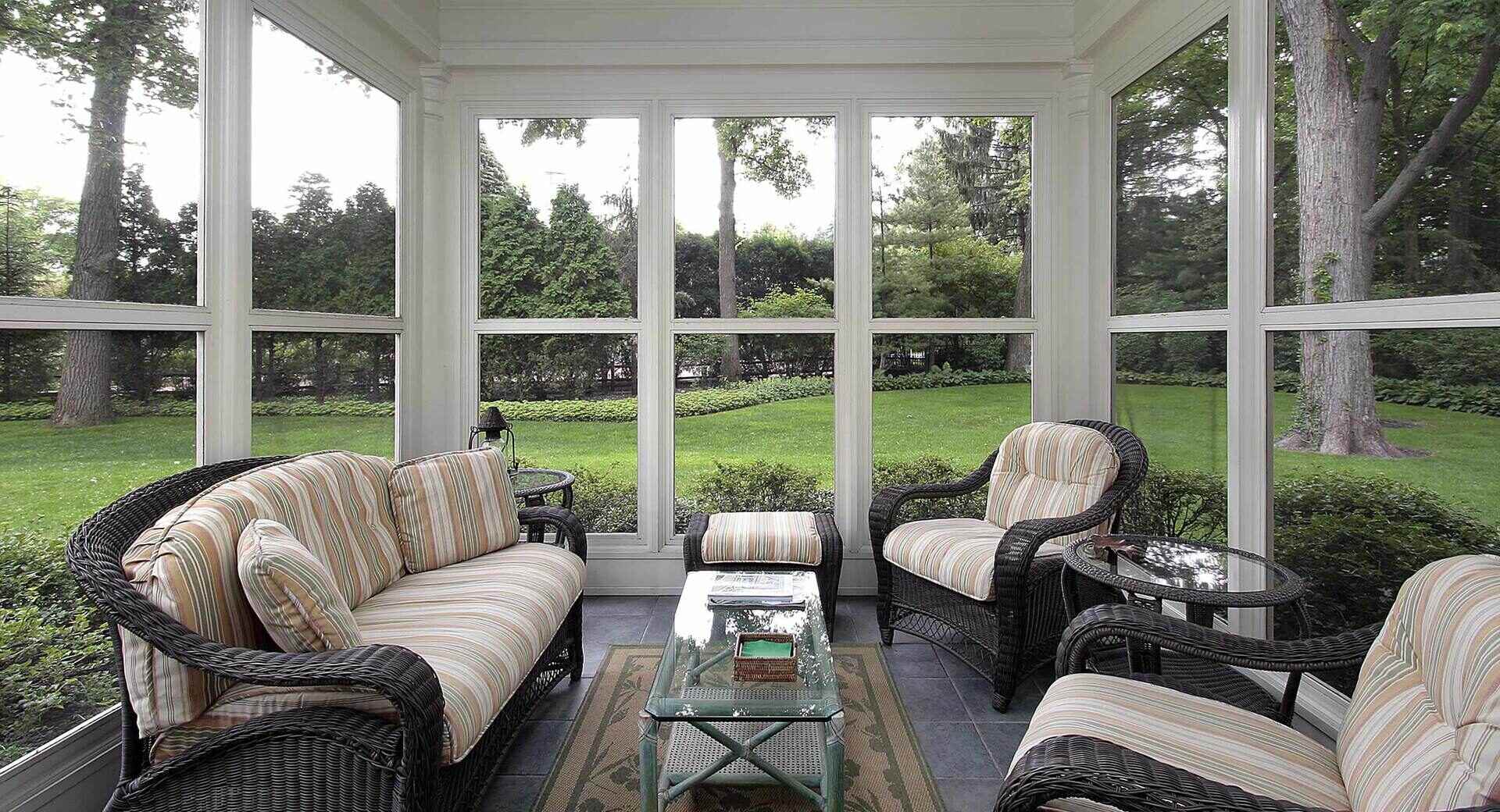
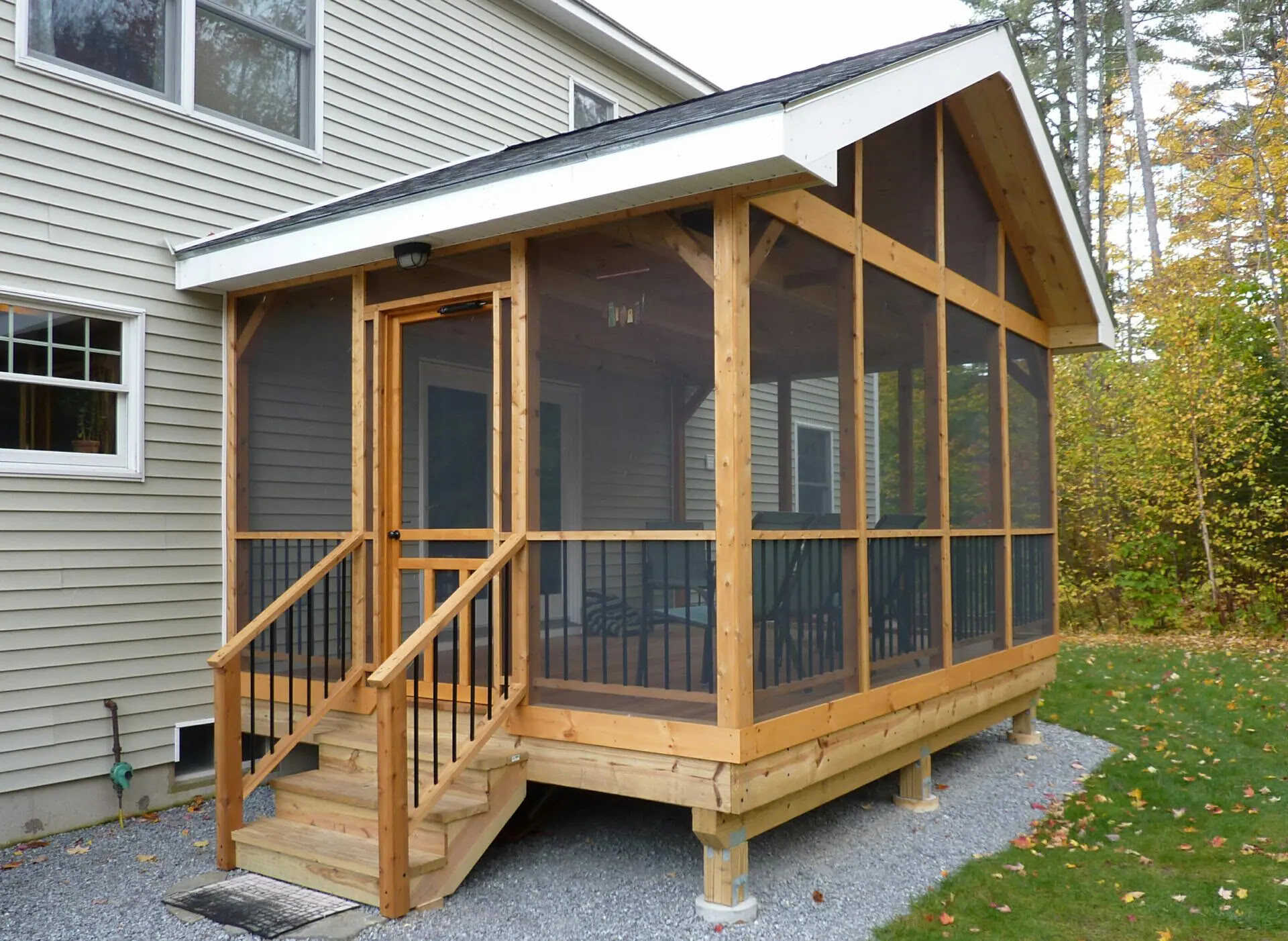
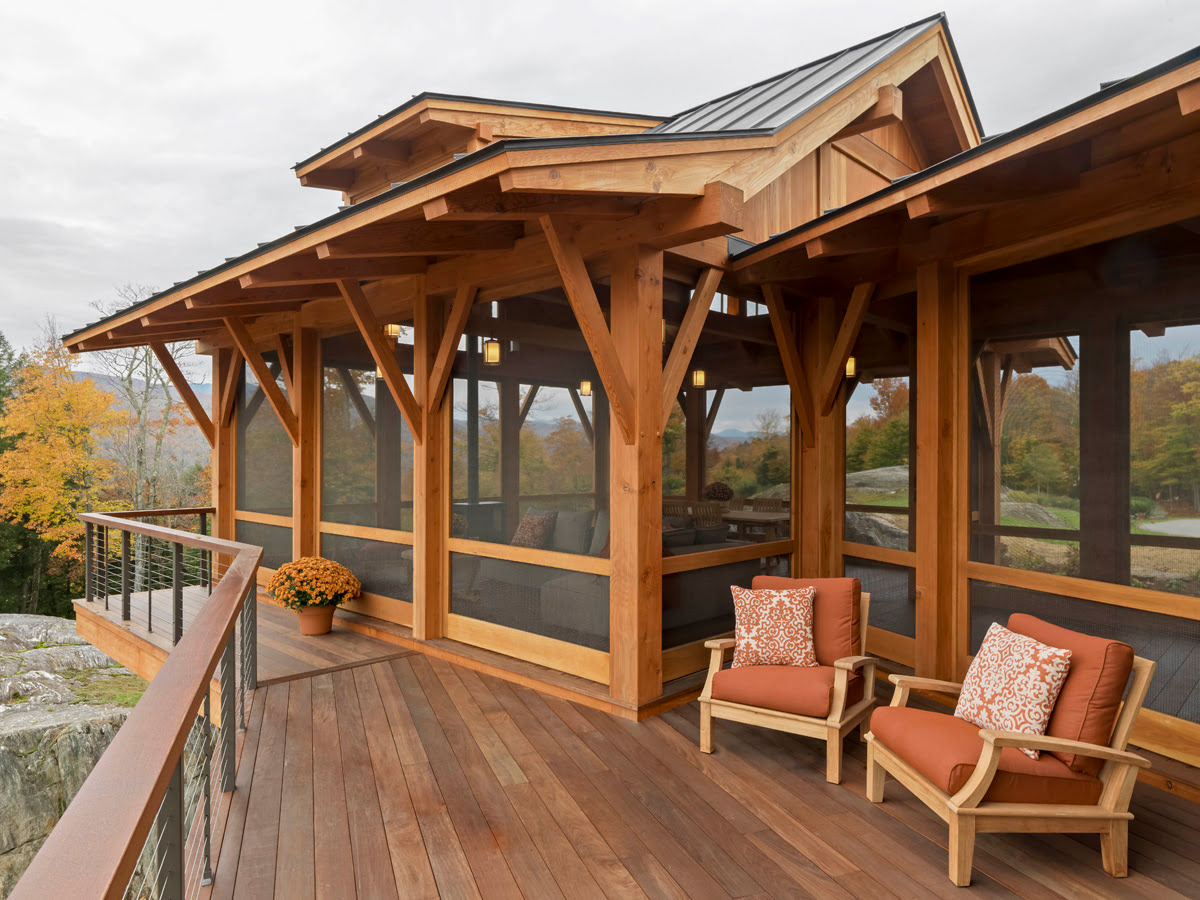
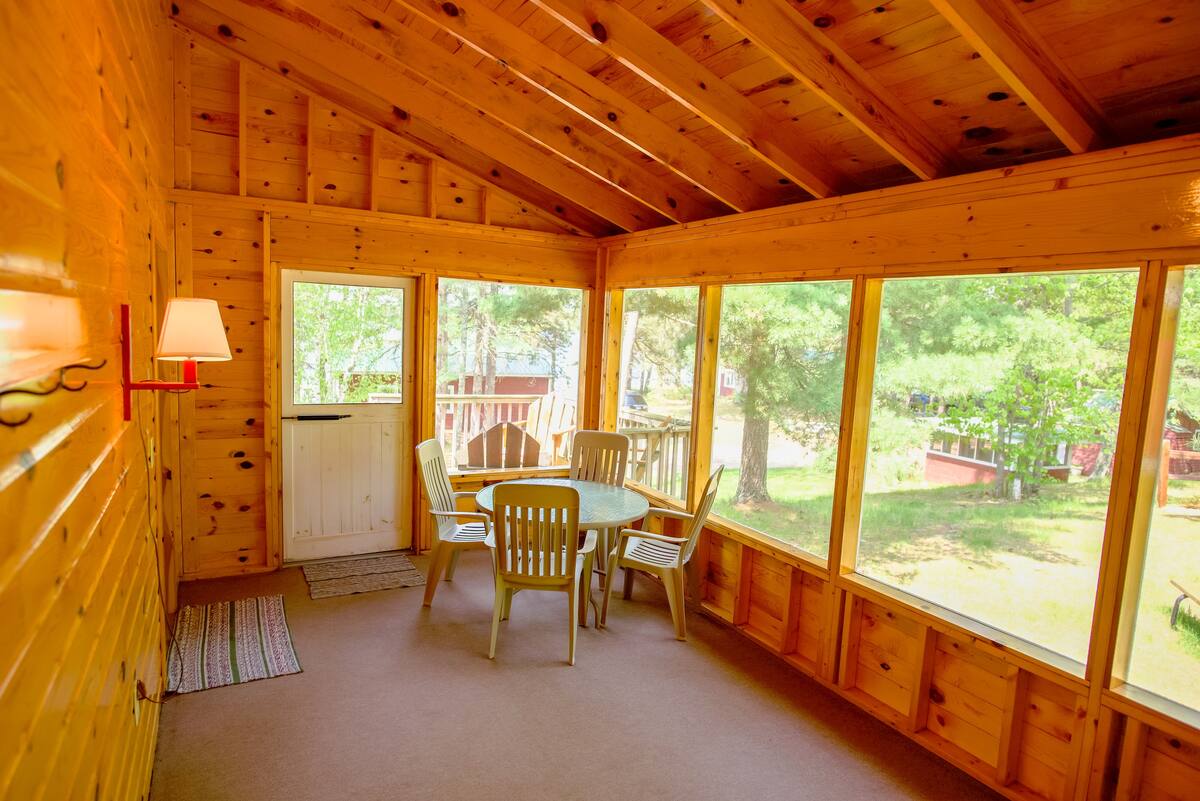
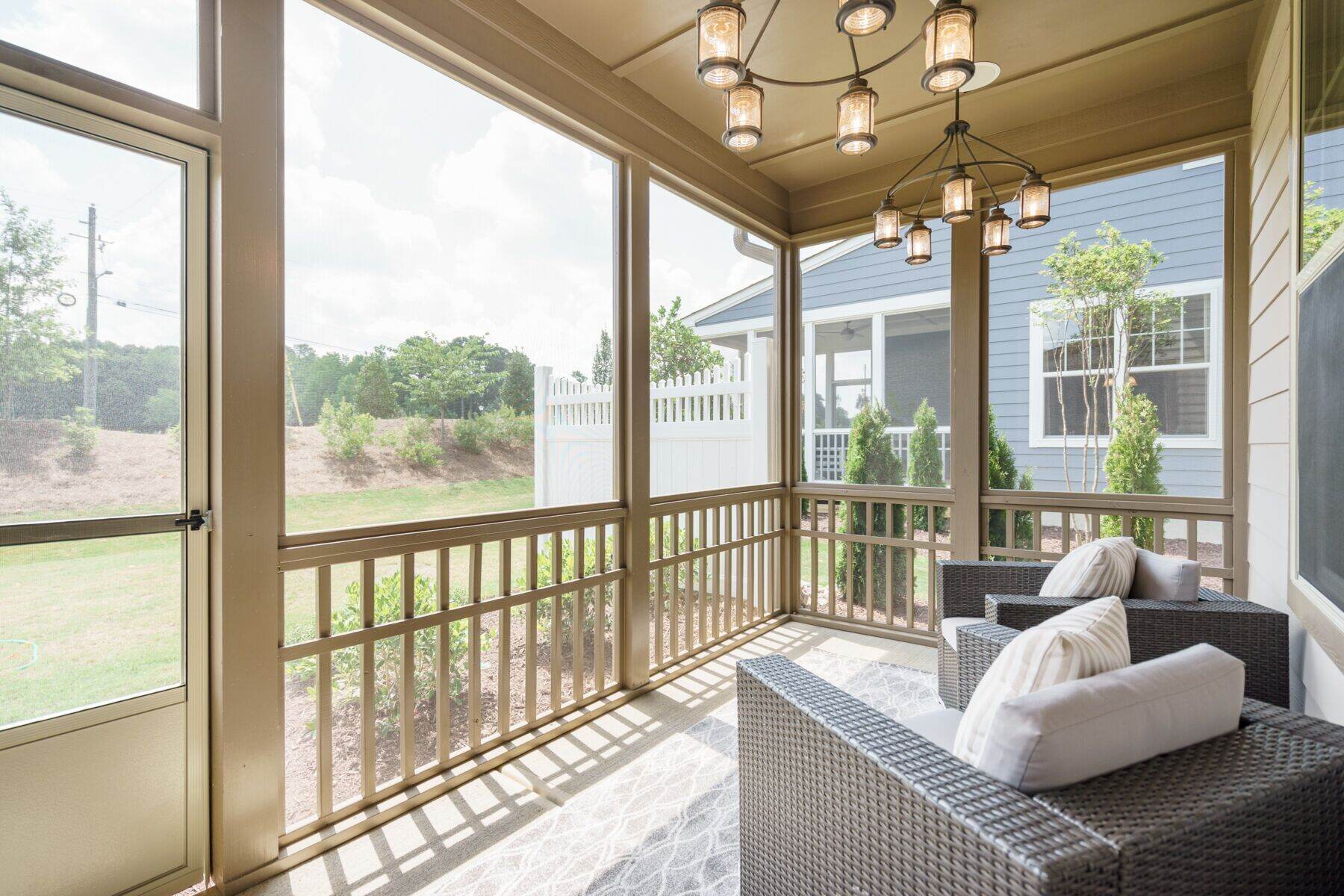
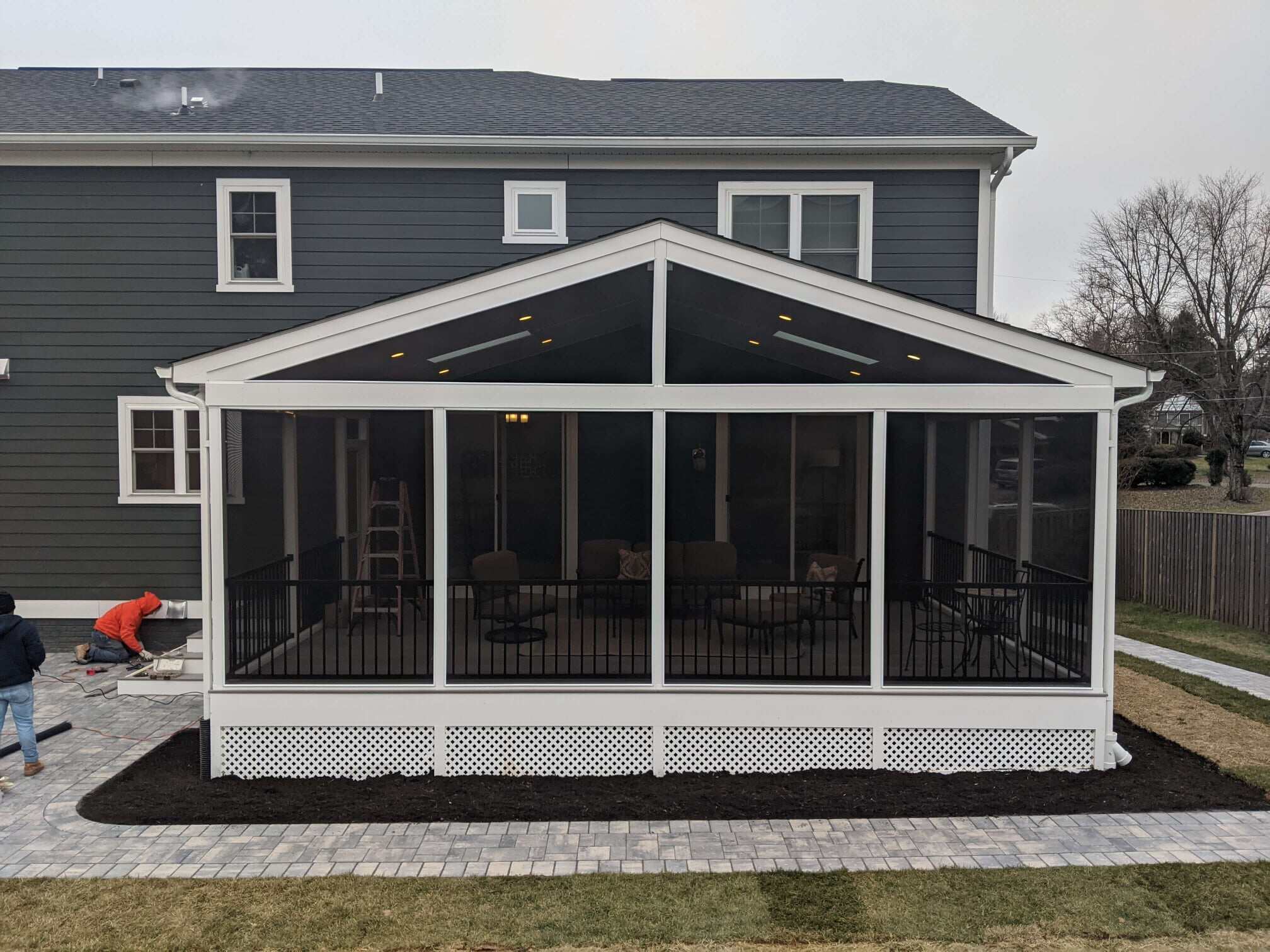

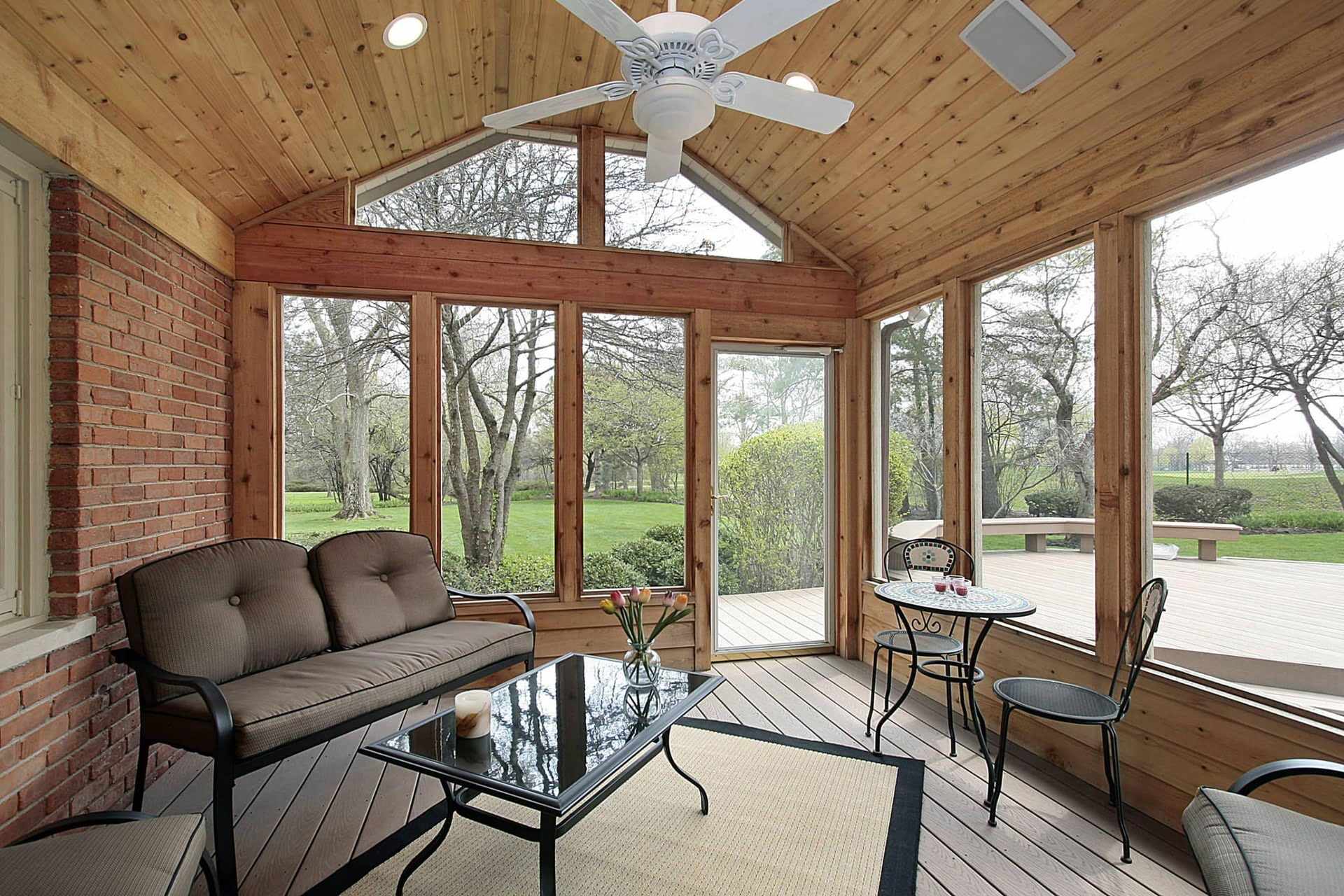
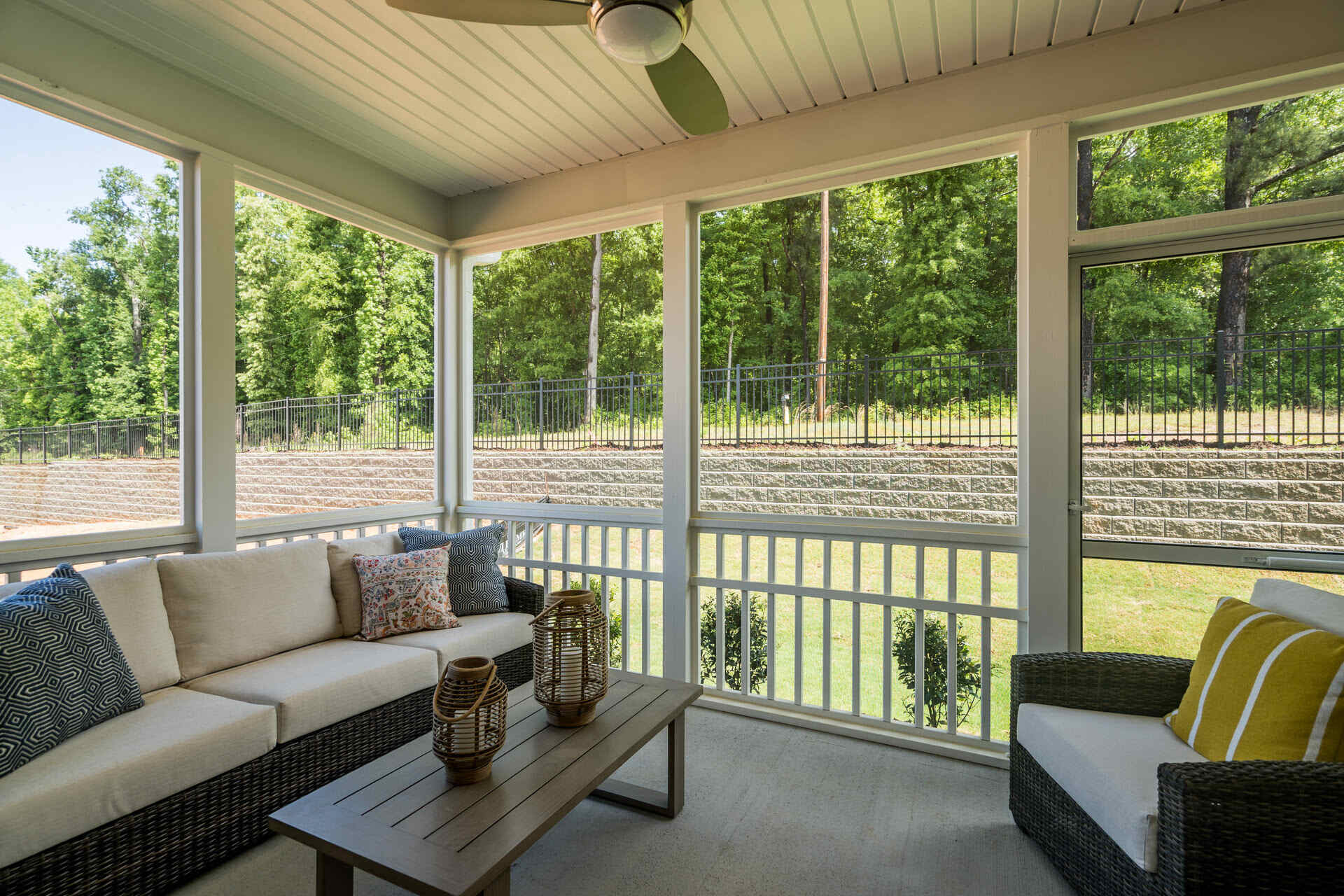
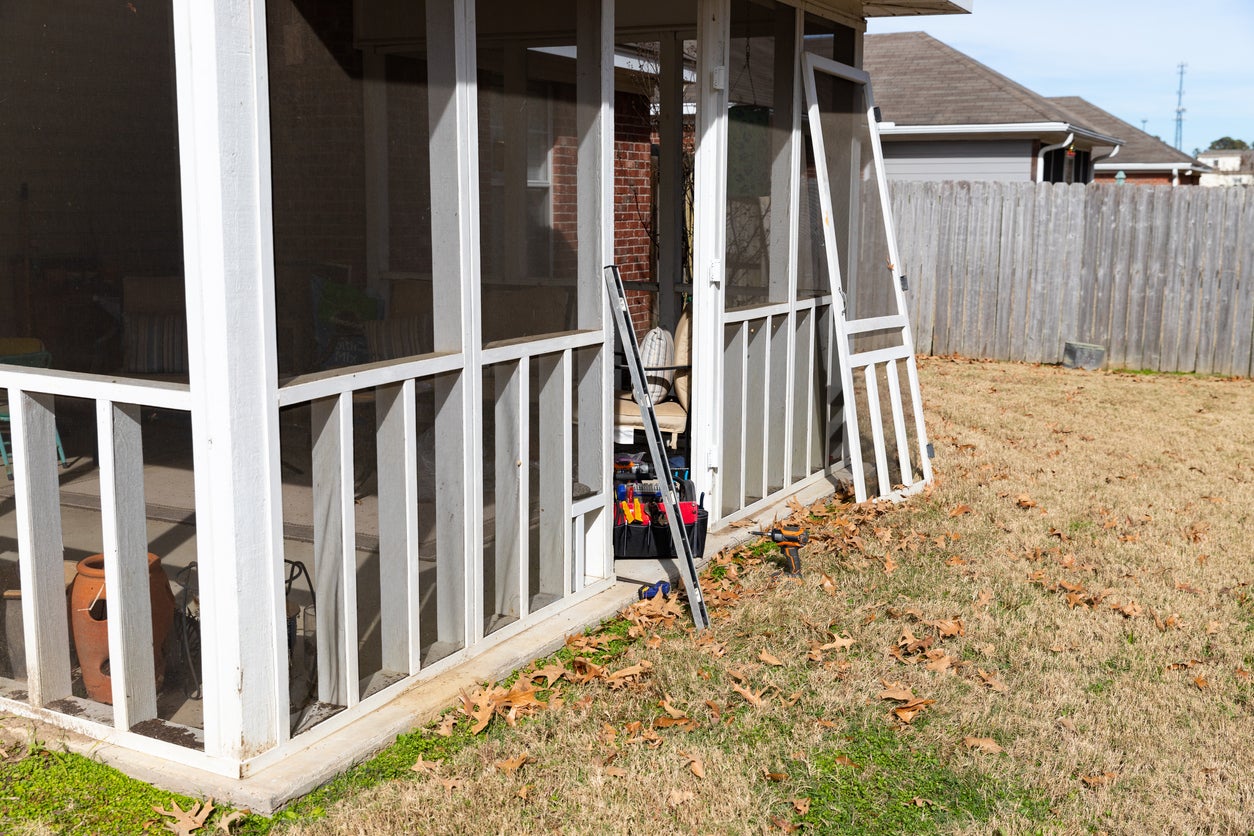
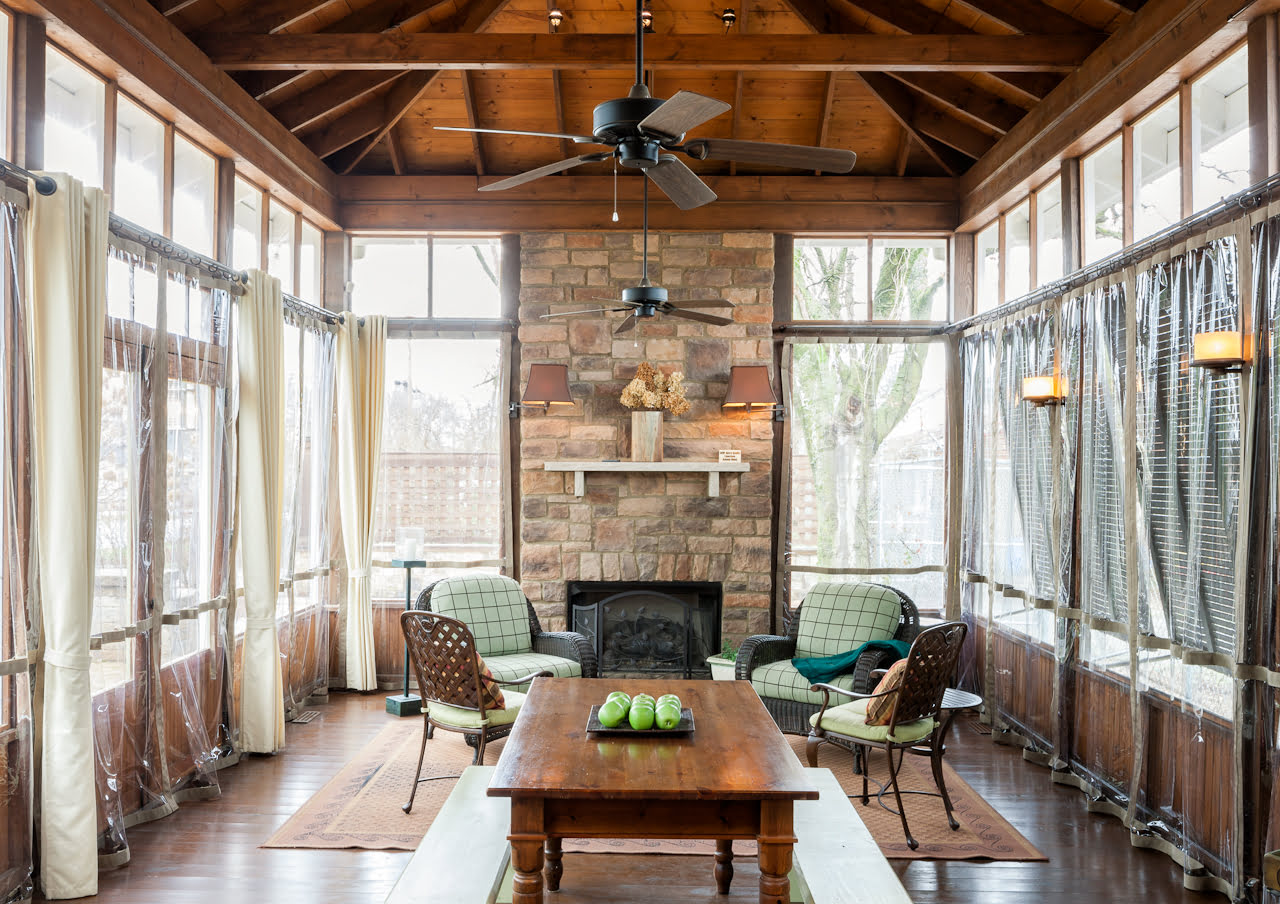
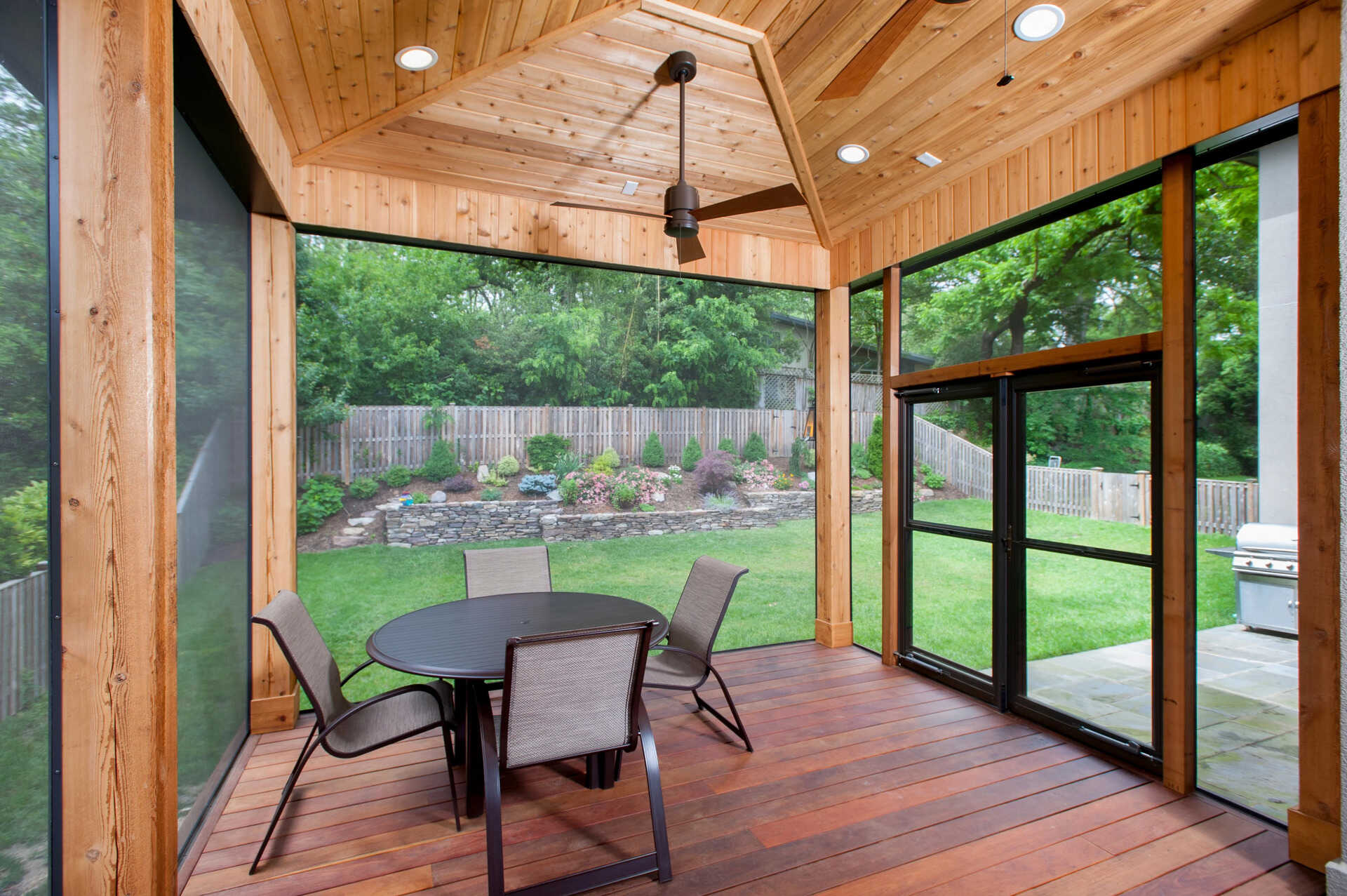
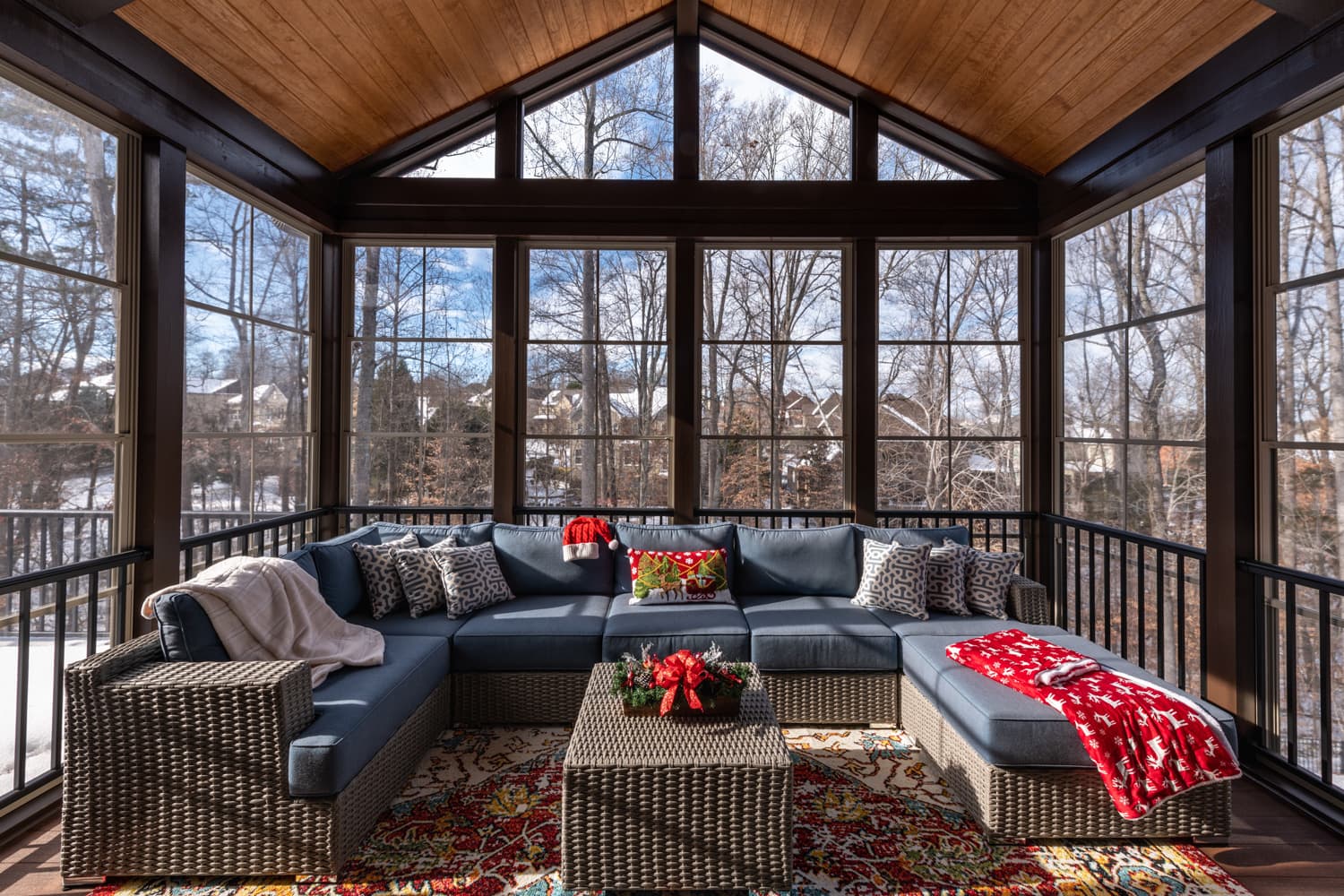
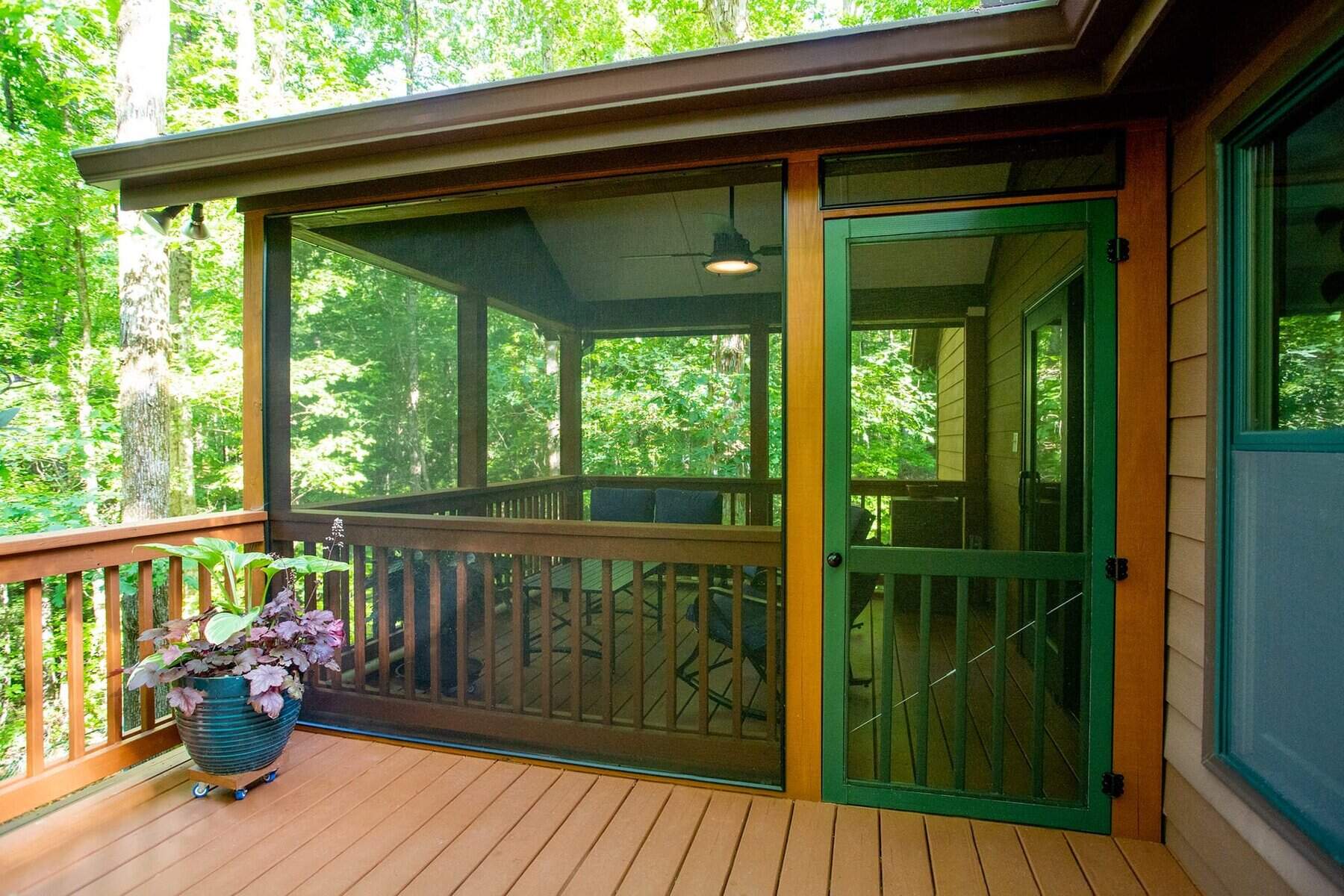

0 thoughts on “How To Screen In A Porch Without Breaking The Bank”